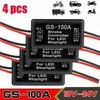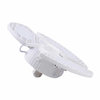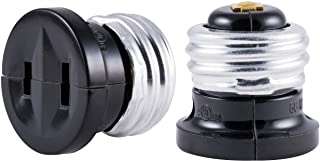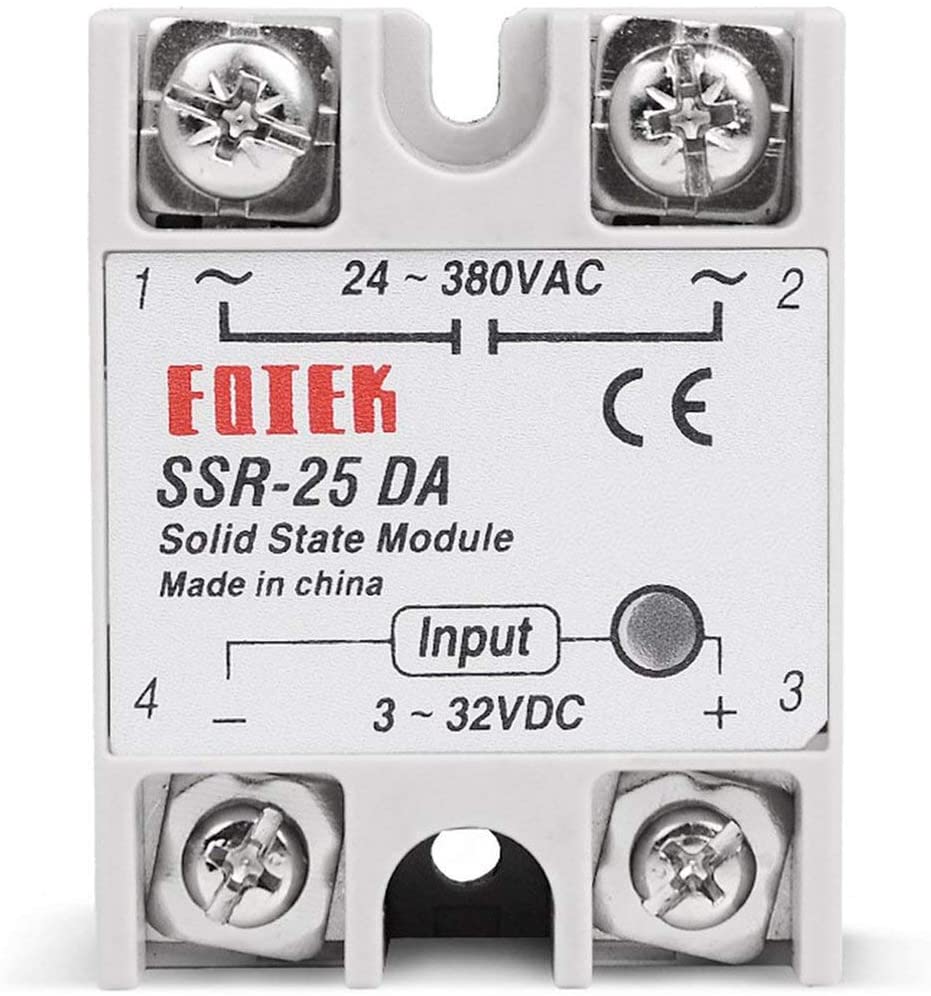I recommend considering a solid state relay instead of an electromechanical relay. While admitttedly more expensive, a solid state relay is much more suitable for frequent switching (flashing) than an electromechanical relay.
For example the
MSR relay, a typical representative of its kind used e.g. in household appliances is rated at
- 6 operation per minute under load
- 50000 operation lifetime at 2 A load current.
If you were to use this relay at 6 operations per minute and 2 A current, the lifetime will be 8333 minutes or roughly 6 days only.
The solid state relay I linked on the contrary is rated at 21 × 10
6 operations and will, under the same conditions, last 2430 hours.
Of course, these are theoretical values and either of the relays may fail sooner or later than that. Also you will probably not flash 6 times per minute. Lifetime will increase with lower strobe rate.
Then there is the cost. The SSR alone is about 4 to 5 times as expensive as one of the neat modules
@AnalogKid has linked to. If it weren't for the electronic waste

that is created, you may get away with considerably less cost by using one of these modules and, if need be, replace the whole module.






